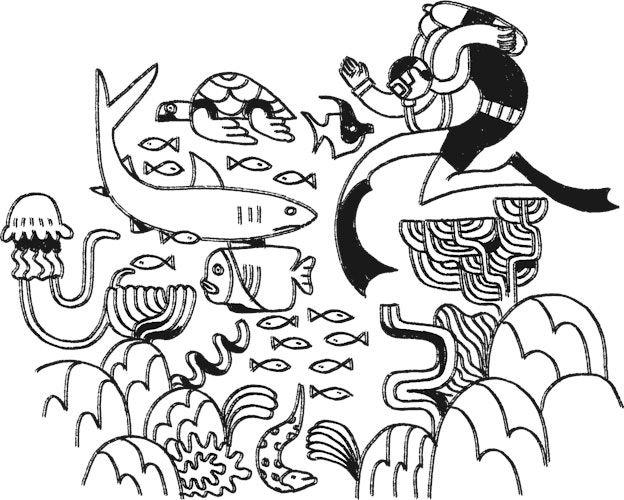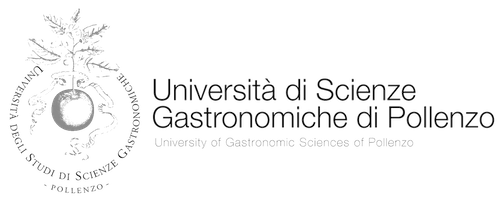VenTo. L’Italia in bicicletta lungo il fiume Po
Directed by
The diary of an eight-day bike ride in which five design engineers follow the course of the River Po, from Turin to Venice, a distance of 630 kilometers. On the way they demonstrate the feasibility of what would be the longest cycle path in Italy and one of the longest in Europe, a project that would mean thousands of new jobs, green economy and sustainable development, all at the cost of two kilometers of autostrada. A journey from the Alps to the Adriatic through four regions across the Po Valley, but also an opportunity to tell the story of one part of Italy from a new angle. A road movie on two wheels amid art towns, landscapes and people in a world that has changed radically in the last 50 years.
It was the Milan Polytechnic Department of Architecture and Planning that developed the project entitled VenTo, a new road along the Po designed only for bicycles. Using this means of transport isn’t just something people do for fun or privilege but a way of traveling and going to work and school. Cycle paths are not the accessories of a well-off society or a culture that doesn’t belong to us, but infrastructures like any others, suitable for all cultures. VenTo is a national project: 679 kilometers of cycle path and potential economic growth. Germany’s 40,000 kilometers of cycle tracks produce 8 billion euros of ancillary income steadily every year. VenTo could attract hundreds of thousands of new tourist flows, which would become the driving force for many diffuse economies: farms (14,000 would be crossed by the path), recreation activities (300 to date) and businesses (2,000) in an area with a population of 1.5 million inhabitants. The project could also grow by linking up with other cycle paths such as the Brenner-Peschiera-Mantua, the Turin-Nice, the Mantua-Ferrara-Adriatic and many others, exploiting rail and river boat connections. VenTo already exists, in part. To complete it, it would only take a little over 80 million euros (0.01% of annual public spending, the cost of 1-2 kilometers of autostrada), an investment that could be covered by the state, the four regional authorities, 12 provincial authorities and all the communal and river authorities involved, coordinated by a single subject. VenTo shows how a national infrastructural scheme whose aim is to support national development also has to bring a new culture and mark a turnaround. Our future can’t be made of the same old ingredients: autostradas, roads, tunnels, high-speed railways and logistic platforms. This is why it will be necessary to change the scale of planning and management and aim for a higher level of development.








